Stuccoing a block wall is an effective way to enhance its durability and aesthetic appeal. This time-tested method provides a smooth, uniform finish that can boost the curb appeal of any property. Whether you’re tackling a home improvement project or sprucing up your garden landscape, applying stucco to a block wall can offer protection against weather conditions while adding a touch of elegance. This guide will take you through the step-by-step process of how to stucco block wall, ensuring you achieve professional-looking results with ease and confidence.
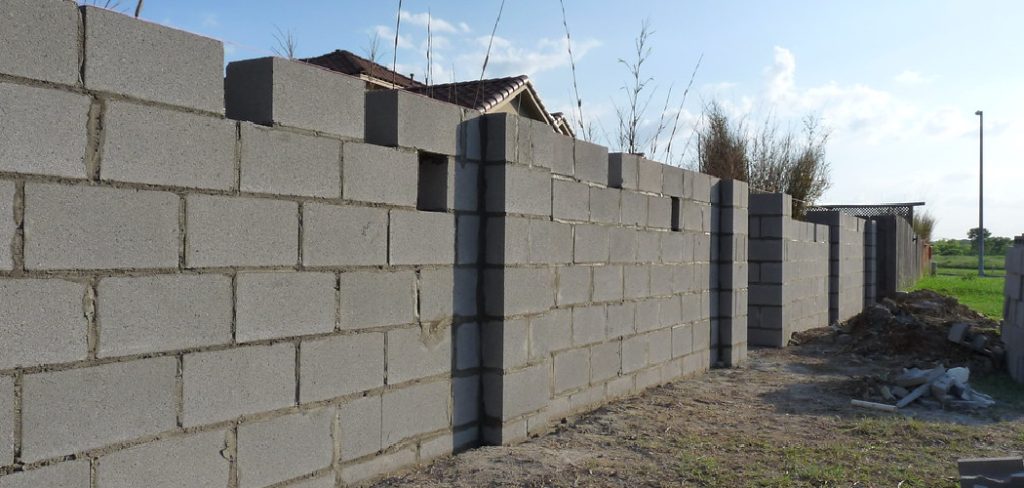
Understanding Stucco and Its Benefits
Stucco is a versatile and durable material made from a mixture of cement, sand, lime, and water. It has been used for centuries to cover walls and surfaces, providing a sturdy, protective coating. One of the primary benefits of stucco is its ability to withstand a variety of weather conditions, including heavy rain, wind, and temperature fluctuations. Additionally, stucco is fire-resistant, which adds a layer of safety to any structure.
Another advantage is its aesthetic versatility; stucco can be applied smoothly or textured in various styles to complement any architectural design. With its ability to insulate, reduce noise, and offer low maintenance, stucco remains a popular choice for both residential and commercial applications.
10 Methods How to Stucco Block Wall
1. Preparing the Wall Surface
Before applying stucco to a block wall, the surface must be thoroughly prepared to promote good adhesion. Start by cleaning the wall to remove any dirt, dust, or loose debris. You can use a power washer for exterior walls to achieve a deep clean, or scrub the surface with a stiff brush for smaller areas. If there are any oil stains or other contaminants, consider using a degreaser. Once the wall is clean, inspect it for any cracks or damage. Repair these imperfections with a concrete patching compound, allowing it to cure fully before proceeding. Proper surface preparation is crucial for ensuring that the stucco adheres well and provides a long-lasting finish.
2. Applying a Bonding Agent
To enhance the adhesion of the stucco to the block wall, applying a bonding agent is highly recommended. Bonding agents, often in liquid form, are designed to promote the connection between the stucco and the underlying surface. Use a paint roller or brush to apply the bonding agent evenly over the entire surface of the block wall. Ensure that the bonding agent is applied liberally, covering every nook and cranny of the blocks.
Allow the bonding agent to dry according to the manufacturer’s instructions, as this will ensure a strong bond between the stucco and the wall, reducing the risk of cracking or peeling in the future.
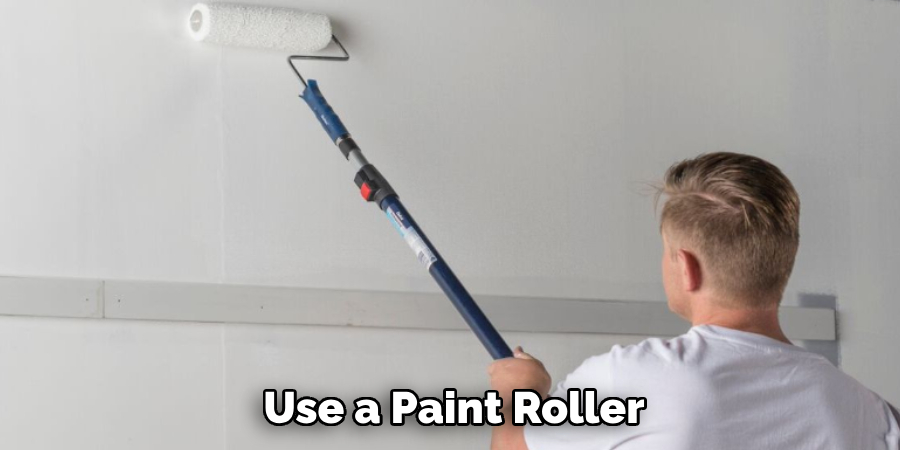
3. Mixing the Stucco
Properly mixing the stucco is essential for achieving the right consistency and workability. You can use pre-mixed stucco available at home improvement stores, or mix your own using Portland cement, sand, and water. For a standard mix, use one part cement to three parts sand, adding enough water to achieve a thick, creamy consistency. Avoid adding too much water, as this can weaken the stucco. Mix the ingredients in a large bucket or mixer until fully combined, ensuring there are no dry pockets of material.
Allow the mixture to sit for about 10 minutes to let the ingredients bond properly before using it. Proper mixing ensures that the stucco will adhere well to the wall and cure correctly.
4. Creating a Scratch Coat
The first layer of stucco applied to a block wall is known as the scratch coat. This layer serves as the initial base for subsequent layers and helps to create a textured surface for better adhesion. Use a trowel to apply the scratch coat to the wall, ensuring an even layer of about 3/8 inch thick. Start at the bottom and work your way up, applying the stucco in sections to maintain control and ensure consistency. Once the scratch coat is applied, use a notched trowel or a scratching tool to create grooves in the surface.
These grooves enhance the bonding surface for the next layer of stucco. Allow the scratch coat to cure for 24 to 48 hours, keeping it moist with a misting spray to prevent it from drying out too quickly.
5. Applying the Brown Coat
After the scratch coat has cured, it’s time to apply the brown coat, which provides additional strength and durability to the stucco system. The brown coat is typically applied at a thickness of about 3/8 inch to 1/2 inch, depending on your desired finish. Again, start from the bottom and work your way up the wall, using a trowel to spread the stucco evenly. Ensure that the brown coat is applied in a smooth and even manner, covering any imperfections from the scratch coat.
Once the brown coat is applied, use a float to smooth the surface, creating an even texture. Allow this coat to cure for another 24 to 48 hours, misting it occasionally to keep it moist and prevent cracking.
6. Preparing for the Finish Coat
Before applying the finish coat, it’s important to prepare the brown coat surface to ensure proper adhesion and a smooth finish. Use a sanding block or float to gently abrade the surface of the brown coat, removing any high spots or rough patches. This step will help the finish coat adhere more effectively and provide a more uniform appearance. After sanding, clean the surface with a damp sponge or cloth to remove any dust or debris. Allow the surface to dry completely before moving on to the finish coat application. Proper preparation of the brown coat is vital for achieving a professional-looking final finish.
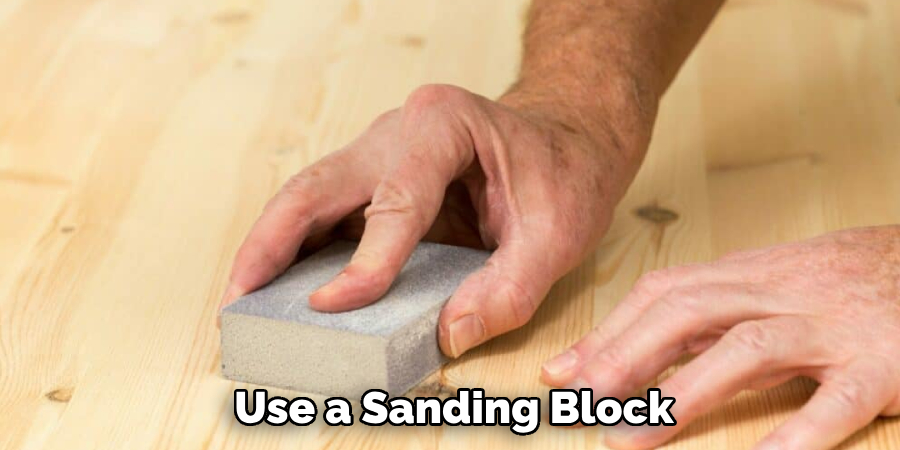
7. Applying the Finish Coat
The finish coat is the final layer of stucco, which provides the desired texture and color. Mix the finish coat stucco according to the manufacturer’s instructions, adjusting the water content for your preferred workability. You can choose a smooth finish, a textured finish, or a decorative finish depending on your design preferences. Use a trowel to apply the finish coat in an even layer, working in sections for better control. Depending on the texture desired, you can use various tools, such as a sponge, float, or trowel, to create the desired effect.
Aim for a thickness of approximately 1/8 inch. Once applied, allow the finish coat to cure for a minimum of 24 hours, ensuring it is kept moist to avoid cracking.
8. Creating Texture and Patterns
If you want to add unique textures or patterns to your stucco finish, this is the time to do it. Various techniques can be employed to create different finishes, such as a knockdown texture, swirls, or stippling. Use tools like trowels, brushes, or sponges to manipulate the surface while the stucco is still wet. For a knockdown texture, lightly knock down the peaks created by troweling with a flat trowel, smoothing them out for a more subtle appearance.
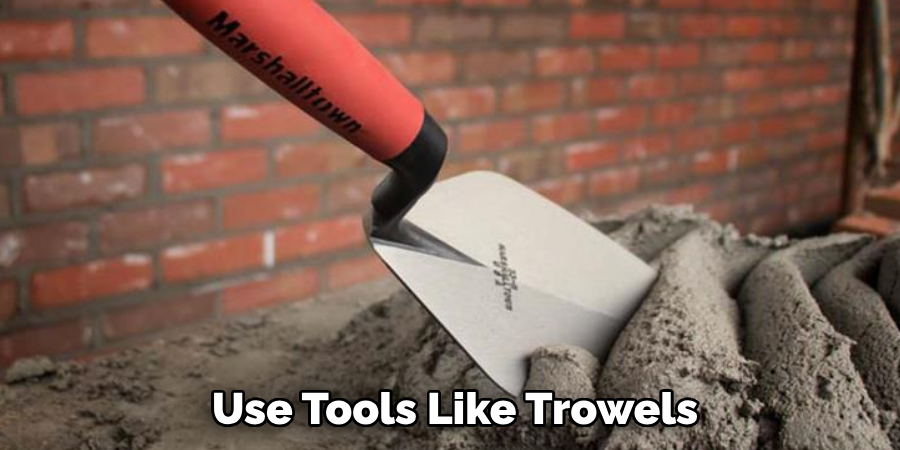
Experiment with different tools and techniques to achieve the desired look, but remember to work in small sections to ensure consistency across the wall. This creative aspect of stucco application allows you to personalize your wall’s appearance significantly.
9. Curing and Protecting the Stucco
Proper curing is essential for ensuring the durability and longevity of the stucco application. After applying the finish coat, mist the surface with water several times a day for the first week to keep it moist. This moisture helps prevent cracking and ensures that the stucco sets evenly. Avoid exposing the stucco to direct sunlight or extreme temperatures during the curing process, as this can cause rapid drying. If necessary, cover the stucco with plastic sheeting to retain moisture and protect it from the elements.
Curing is a crucial step in the installation process, as it significantly affects the strength and longevity of the stucco.
10. Sealing and Maintaining the Stucco
Once the stucco has fully cured, consider applying a sealant to enhance its durability and weather resistance. Choose a high-quality sealant specifically designed for stucco surfaces, and apply it according to the manufacturer’s instructions. Sealing helps to protect the stucco from moisture infiltration, mold growth, and staining. Regular maintenance is also essential for preserving the appearance and functionality of your stucco wall.
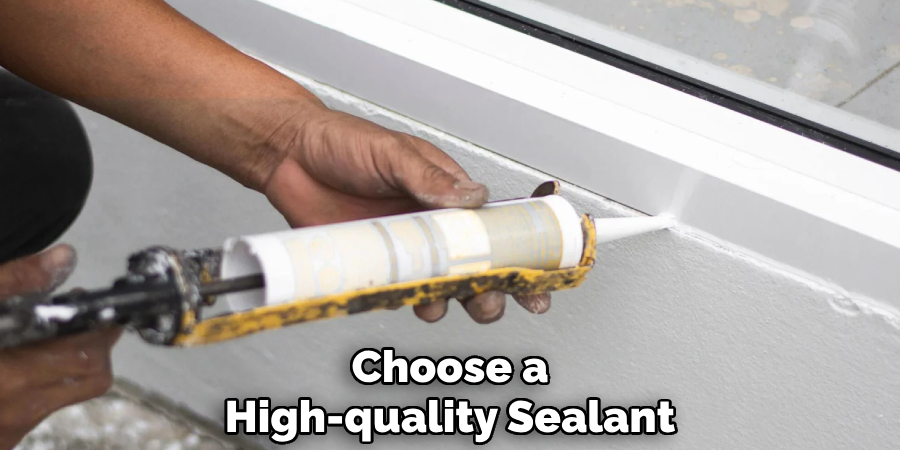
Inspect the surface periodically for any signs of cracking or damage, and address these issues promptly to prevent further deterioration. By sealing and maintaining your stucco wall, you can ensure that it remains an attractive and protective element in your home for years to come.
Conclusion
Completing a stucco project involves a series of meticulously executed steps, each contributing to the robustness and aesthetic quality of the final outcome. From applying the scratch coat to establishing a foundational structure, to the meticulous layering of the brown coat for added strength, and finally the application of the finish coat for texture and design—each stage is critical. Thanks for reading our blog post on how to stucco block wall! We hope you found it helpful and informative.
